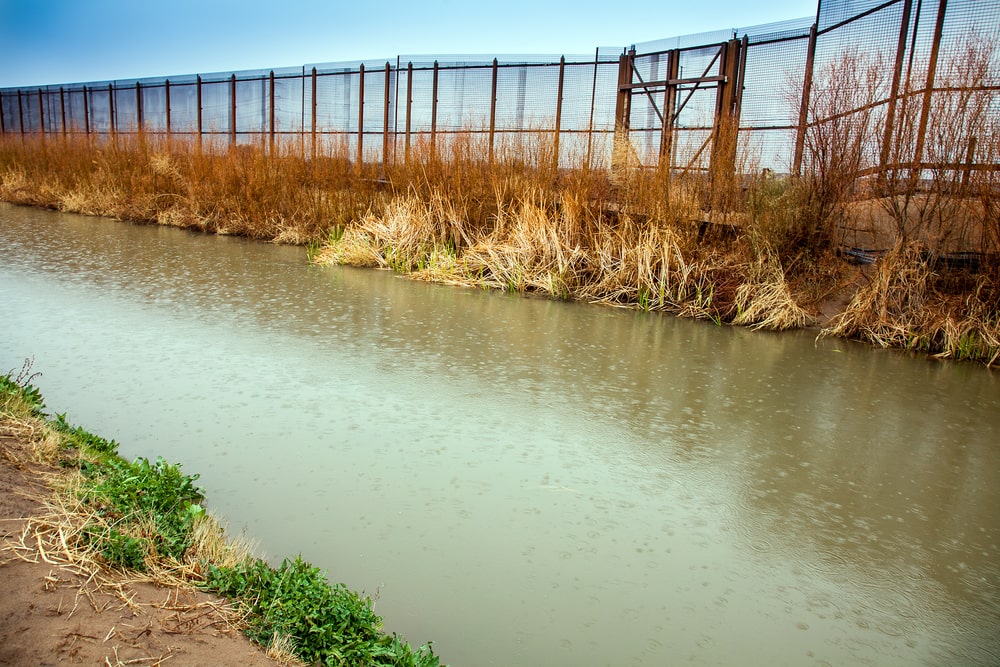As debates rage over the implications of a bipartisan immigration deal, misconceptions about its provisions, particularly regarding illegal border crossings, have proliferated. Here’s a comprehensive breakdown of what the proposed legislation entails and how it aims to reshape immigration policies.
Dispelling Misconceptions: Contrary to claims by conservative Republicans, the border deal does not sanction 5,000 daily illegal crossings. This misinterpretation obscures the actual objectives of the legislation and the mechanisms it seeks to implement.
Ending “Catch and Release”: One key aspect of the bill is the termination of the “catch and release” practice, where migrants are released into the U.S. pending immigration hearings. Instead, individuals attempting illegal border crossings would face immediate detention, with asylum claims processed during their confinement.
Treatment of Asylum Seekers: Migrants presenting themselves at official ports of entry with asylum claims would undergo a structured evaluation process, with strict timelines for interviews and subsequent actions based on outcomes. This framework aims to streamline asylum procedures while preventing unauthorized entry into the country.
Border Closure Provisions: The legislation includes provisions for border closure under specific circumstances, such as surpassing predetermined thresholds of border encounters. However, closures target border encounters rather than actual crossings, with stringent criteria and measures for reopening.
Impact on Illegal Crossings: The bill’s architects anticipate a decline in illegal crossings over time, attributing this shift to heightened enforcement measures and deterrents embedded in the legislation. By bolstering border resources and raising the asylum standard, the aim is to channel migrants towards legal avenues of entry.
The bipartisan border bill represents a multifaceted approach to immigration reform, seeking to address longstanding challenges while safeguarding border security. By dispelling misconceptions and elucidating its core components, a clearer understanding of its potential impact emerges, underscoring the complexities of crafting effective immigration policy.
Source: Adapted from NBC News



